BAU199-2 无锡复地公园城邦住宅售楼处
中国,江苏省,无锡市
科目
建筑类型
文化,展厅城市
中国,江苏省,无锡市时间
2005名次
2005年竣工业主
复地集团项目
一期为售楼中心,二期为艺术画廊及会所turning outside-in
introduction
Initially this building will be the exciting and dynamic sales house for the adjacent large-scale housing project. Later it will become that community’s art gallery and entertainment space – the only public building within that development.
turning outside-in
The formal and spatial propositions for this project are based on a Klein bottle, or more correctly a Klein surface. A space-containing analogue of the Mobius strip, it represents an attempt to actualize in three-dimensional form, a four dimensional mathematical concept – a virtual object.
This is BAU’s first attempt at designing a Klein bottle building and it is, in simple terms, a large white three-storey box with a tapering single-storey tail that bends around and inserts itself back into the box. The result is a 3-dimensional vessel, which implodes and passes through itself, turning outside-in.
Internal spaces are continuous, dynamic, and surprising in their diversity of scale and form. Doors, windows and skylights are treated as a series of black cuts and perforation in this skin, which are often linked from the horizontal to the vertical surface. What appear as arbitrary cuts and perforations, are in fact driven by a close analysis of the internal functions of the project. Working against the continuity of the bottle, this fenestration presents as a surface almost cut to ribbons.
stable not static, skin not mass
This building is a barely stable three-dimensional dynamic object at rest, not the static mass tectonic of the traditional masonry architecture that will make up a majority of the housing to be sold next door.
abstraction – not the platonic or the organic
The project makes abstract, a series of binary oppositions: interior – exterior; surface – volume; wall – floor; window – skylight; building as object – object within a building. This abstraction moves perceptions away from the certainty of platonic geometry, or the anthropomorphic clichés of organic geometry, and instead opens up potential for a multiplicity of interpretations – a worthwhile objective for architecture in a multi-cultural, de-constructed 21st Century.





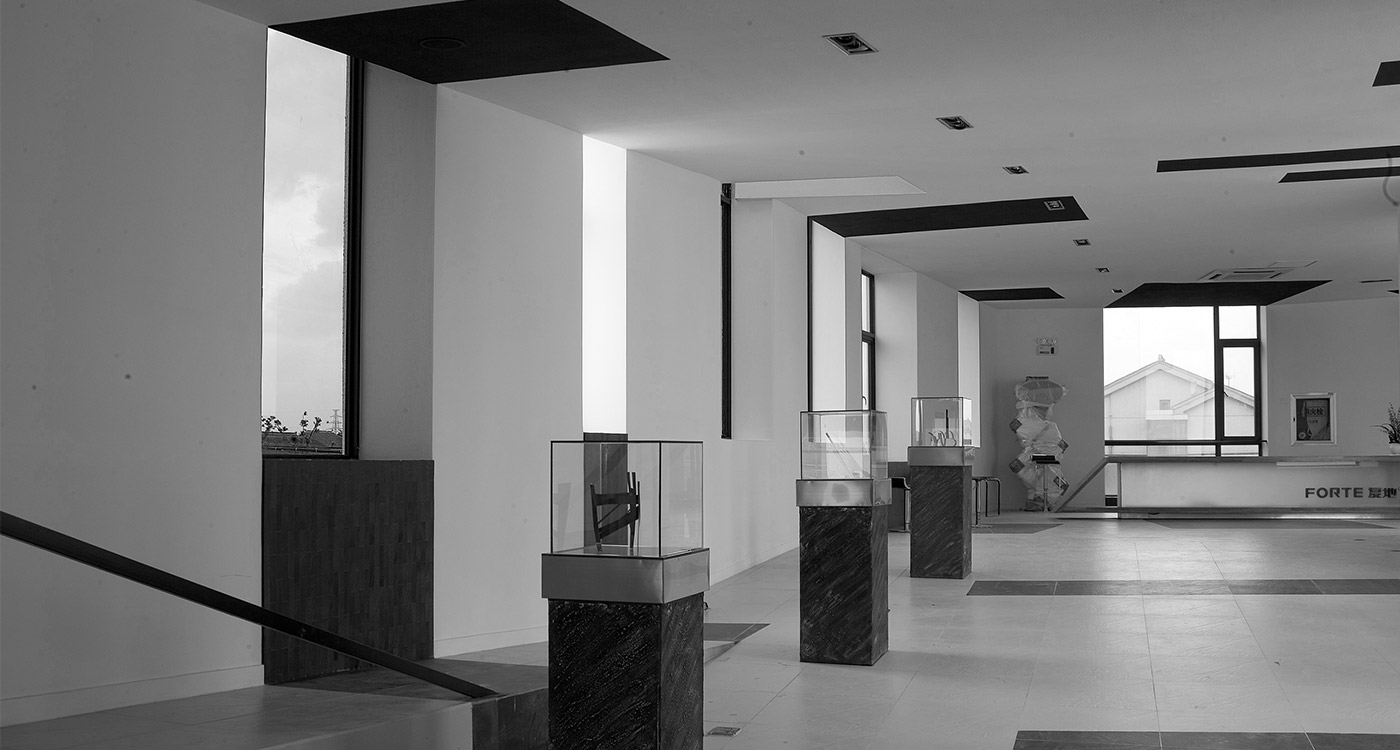





















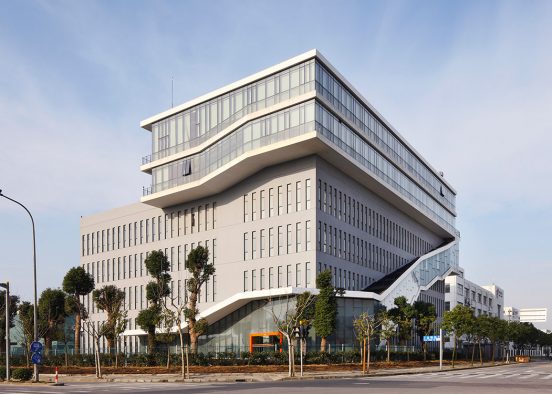

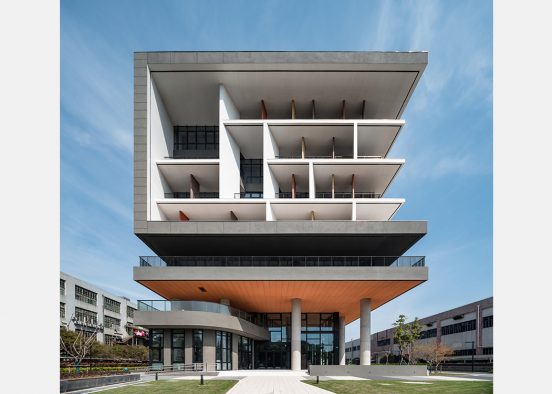



















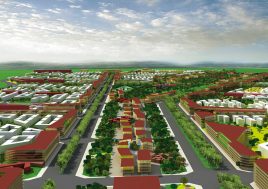
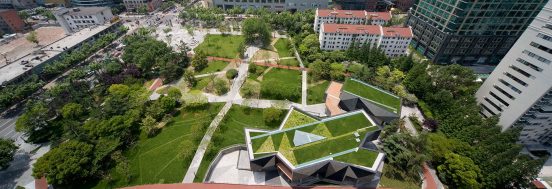




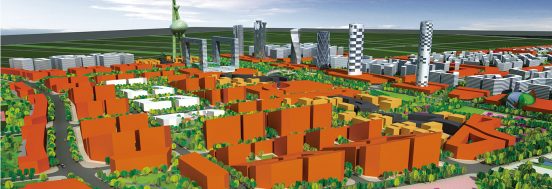







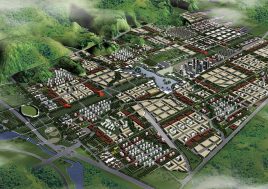


























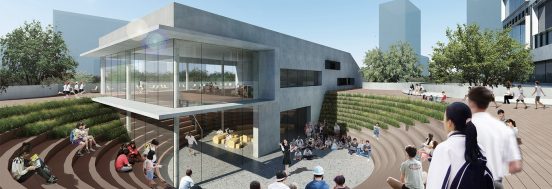















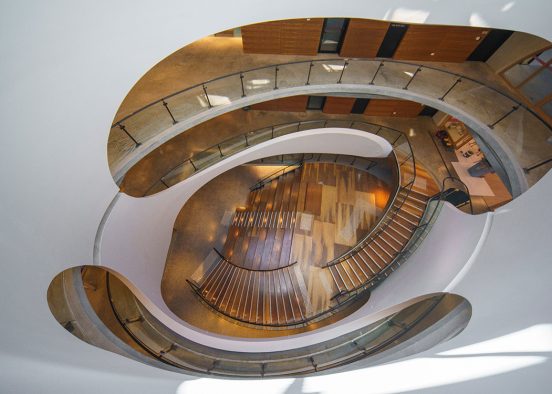










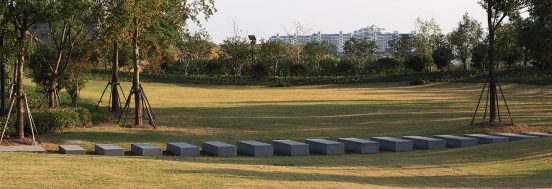
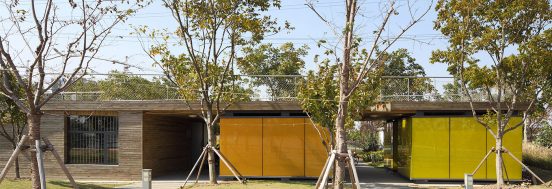
















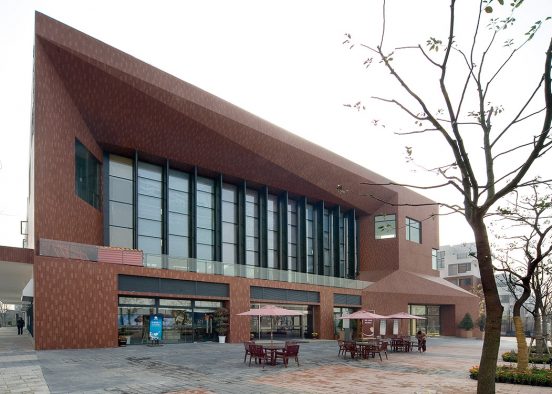
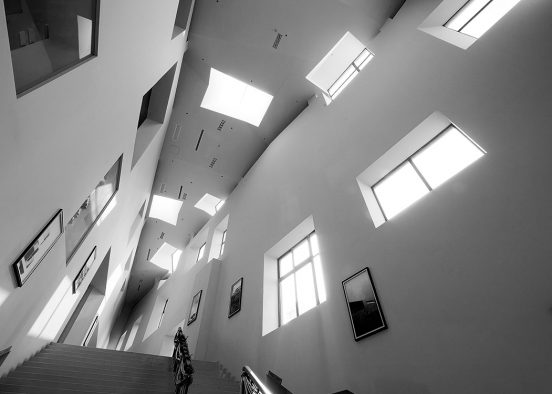
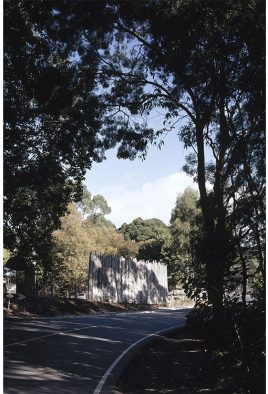
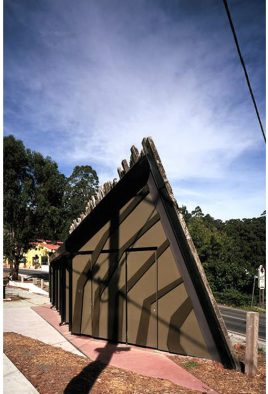









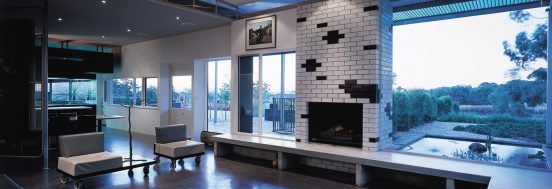







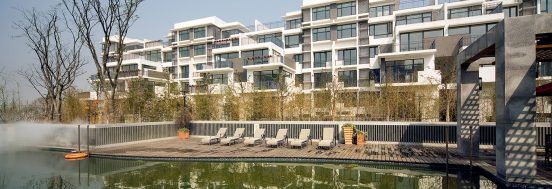







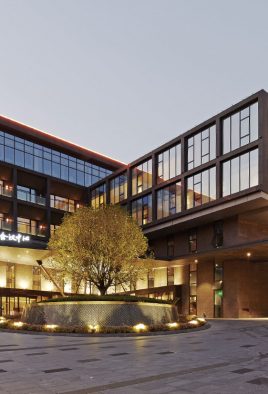






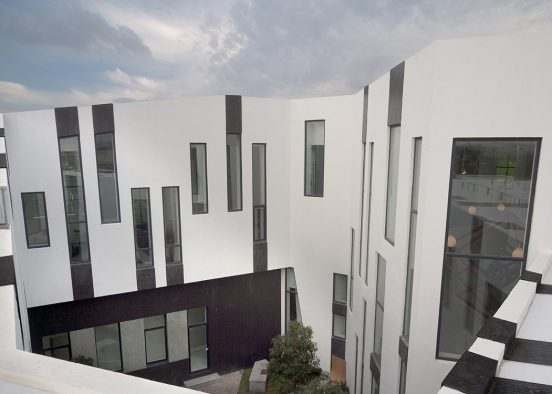









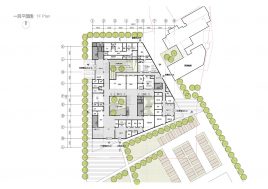


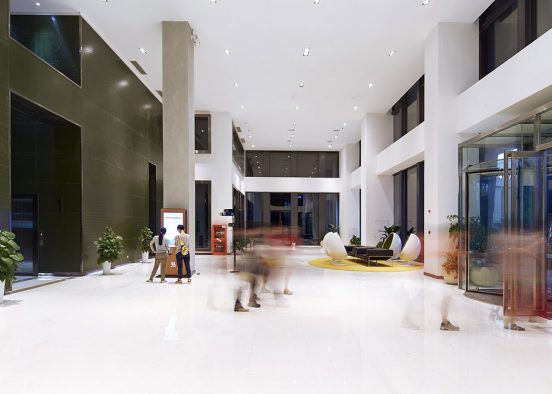







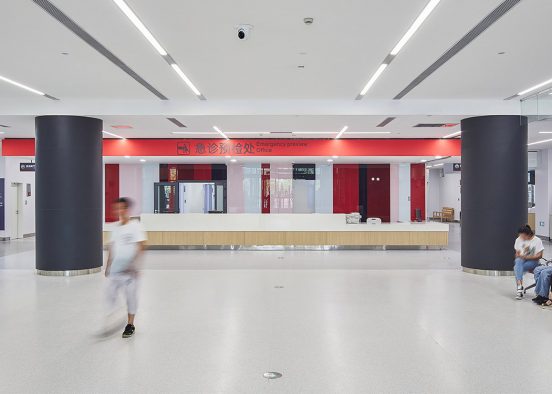



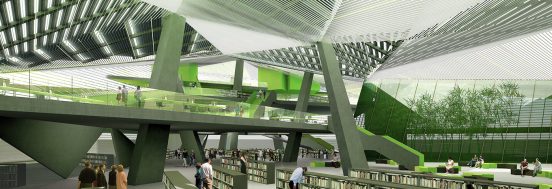















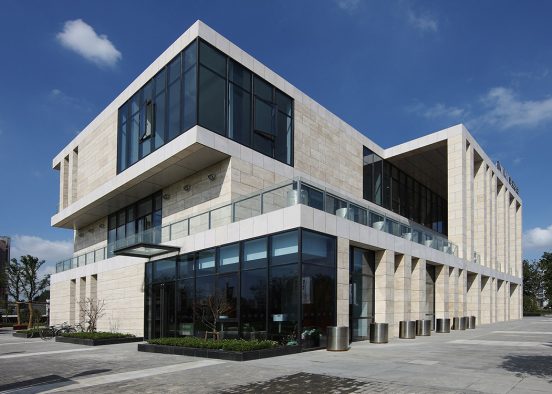












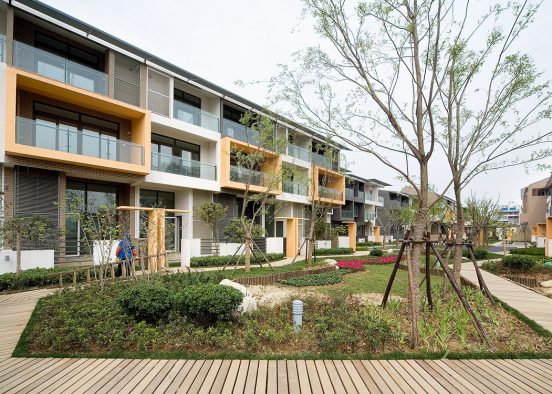
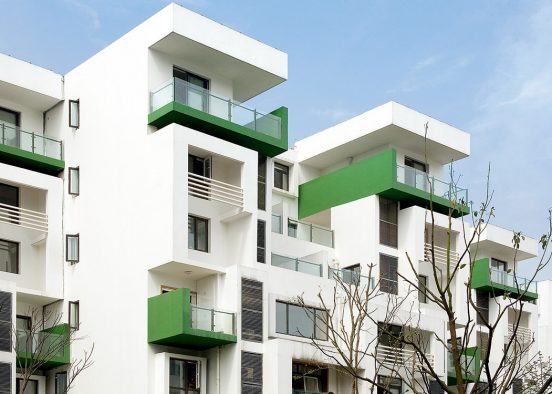








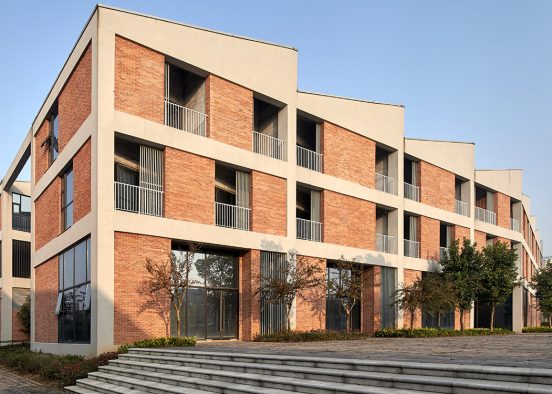




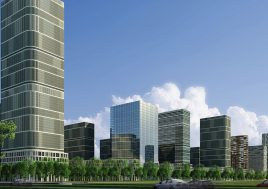



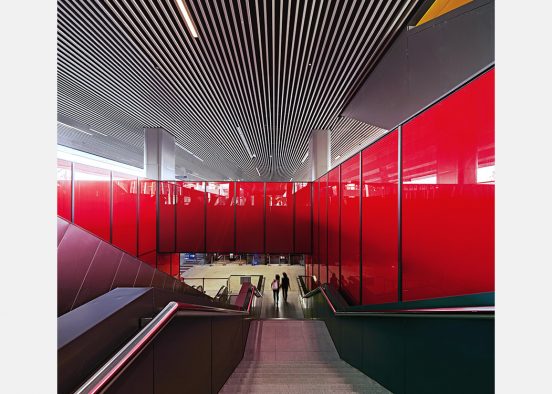


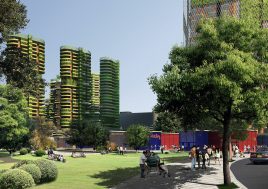







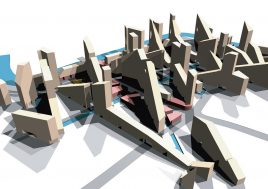







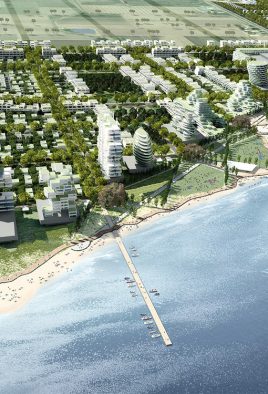




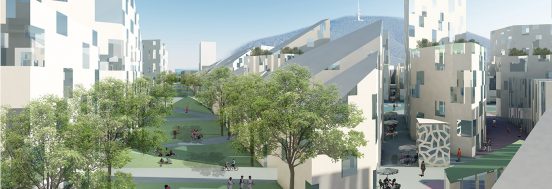






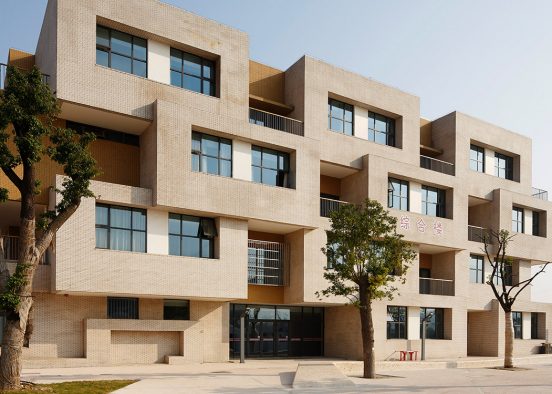



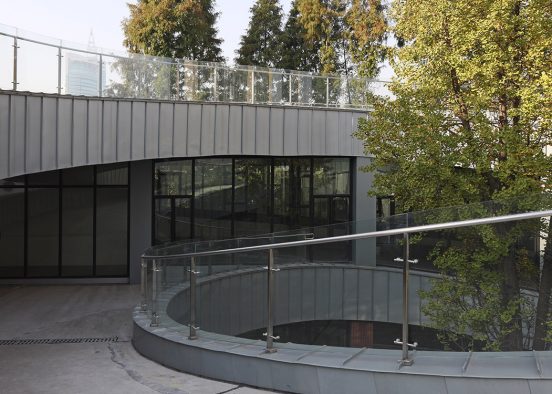
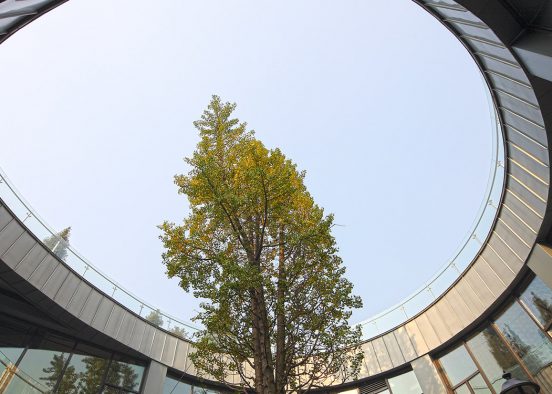




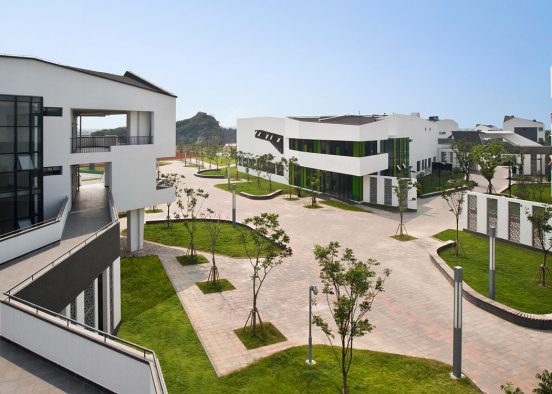



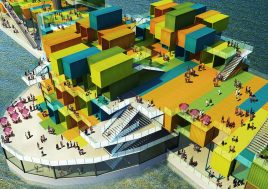














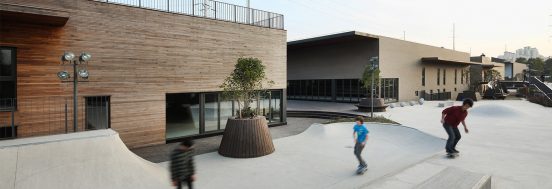




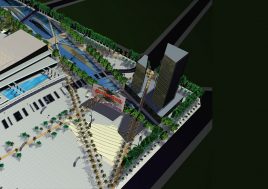

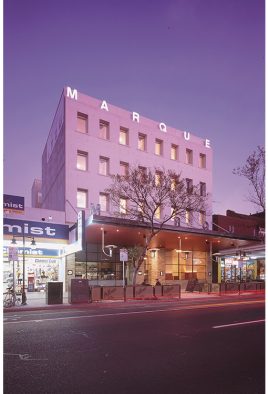





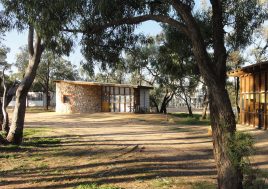







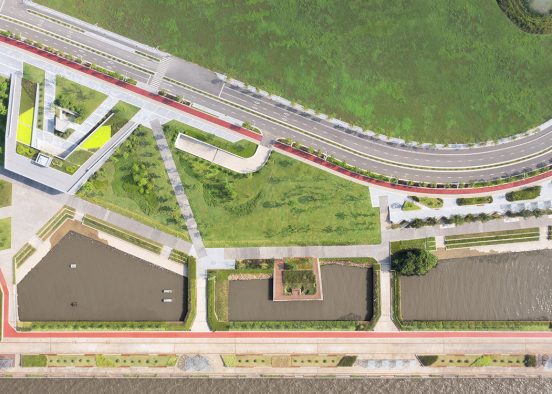





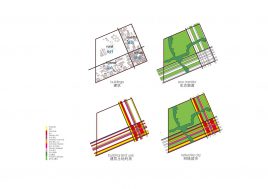



















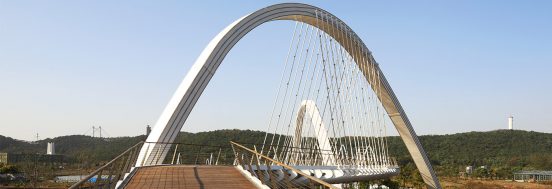










 Back to projects
Back to projects
